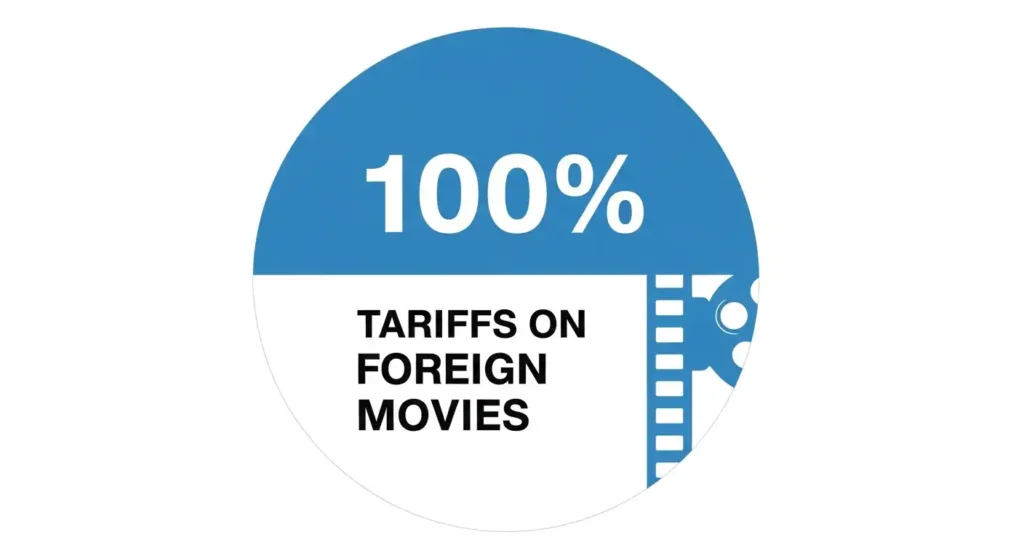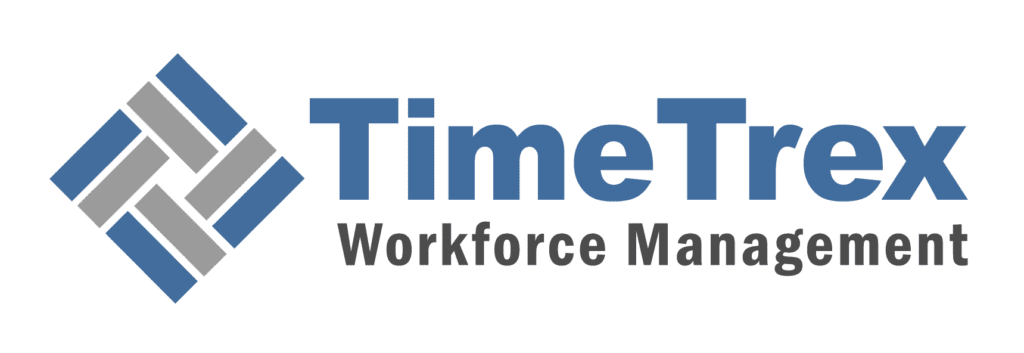
US 100% Tariff on Foreign Movies
Exploring the potential economic, cultural, and geopolitical ramifications of a 100% tariff on foreign films, this article delves into the Trump administration's proposal and its implications for the global entertainment industry. We examine the stated rationales, significant implementation challenges, and the projected impacts on U.S. film industry dominance, consumer costs, and international relations. Understanding this policy is crucial for stakeholders across the film production, distribution, and streaming sectors, as well as for global trade policy analysts.
TL:DR
The Trump administration's proposed 100% tariff on foreign-made films aims to protect the U.S. film industry and counter foreign propaganda. However, this policy is highly problematic. The U.S. film industry is a dominant global exporter with a significant trade surplus, not a "dying" sector. Implementing the tariff is nearly impossible due to films being digitally transmitted intellectual property, violating WTO and USMCA agreements, and facing immense ambiguity in defining "foreign-made" and valuation. The costs would likely double movie ticket prices and streaming fees for consumers, drastically reducing content diversity. The greatest threat is international retaliation, which could cripple Hollywood's primary profit engine from overseas revenue. The industry is strategically advocating for federal production tax incentives instead. Ultimately, this tariff is an unworkable political signaling tool that risks weakening Hollywood's global influence and fostering competing international production ecosystems.
Index
- Deconstructing the 100% Tariff Proposal
- The Stated Rationale: Economic Necessity or Political Pretext?
- Implementation Gridlock: The Practical and Legal Hurdles
- Domestic Shockwaves: Projected Impacts on the U.S. Film Industry
- The Consumer Cost: Box Office and Streaming Price Projections
- Global Fallout: International Reactions and the Threat of Retaliation
- The Ripple Effect: Cultural and Geopolitical Consequences
- Strategic Outlook and Recommendations
Deconstructing the 100% Tariff Proposal
The proposal to levy a 100% tariff on foreign-made films represents a significant expansion of the Trump administration's trade agenda into the cultural and services sectors. Despite its ambiguous official status, the directive has generated substantial uncertainty across the global media landscape, impacting discussions around film production financing, international co-productions, and trade policy.
Proposed Tariff on Foreign-Made Films
The Core Announcement and Timeline
The policy was initially announced by President Donald Trump on Truth Social in May 2025, and reiterated in September 2025, stating the imposition of a "100% Tariff on any and all movies that are made outside of the United States." This comprehensive language targets films produced by American-owned Hollywood studios filming abroad, as well as productions from foreign-owned companies. This move signals a strong protectionist stance aimed at reshaping the global film production landscape.
Official Status and Context
This proposal is a presidential directive, not an immediately enforceable law. It tasks the Department of Commerce and the Office of the United States Trade Representative (USTR) to "immediately begin the process of instituting" the tariff. This is part of a larger, multi-sector protectionist strategy, demonstrating a broad economic philosophy prioritizing domestic manufacturing and using tariffs for national economic and security goals.
The Stated Rationale: Economic Necessity or Political Pretext?
The administration's justifications for the 100% tariff on films rest on claims of economic decline and national security threats. However, a closer look reveals a significant divergence between this rhetoric and the actual economic performance of the U.S. film industry.
U.S. Studio Dominance (Domestic Market)
Despite concerns over "runaway productions," U.S. studios overwhelmingly control the domestic box office, a key point that contradicts the "dying industry" narrative.
The central argument is that the American film industry is in crisis due to foreign governments offering lucrative film production incentives. While it's true that production in locations like Los Angeles has declined, this narrative is contradicted by robust trade data showing the U.S. film industry is a global economic powerhouse. The administration's argument conflates job migration with systemic industry failure.
Implementation Gridlock: The Practical and Legal Hurdles
Despite the strong announcements, the proposed tariff faces significant practical and legal barriers, stemming from the digital nature of film, international trade agreements, and definitional ambiguities inherent in the global film production ecosystem.
How the Tariff Reaches the Consumer
A 100% tariff would be applied at the distribution level, creating a cost that cascades through the value chain, ultimately influencing the final ticket price for moviegoers.
Foreign Producer
Creates Film
U.S. Distributor
Pays 100% Tariff
Movie Theater
Buys Rights
Consumer
Faces Higher Price
The most fundamental obstacle is that tariffs are levied on physical goods, but modern films are digital services. Furthermore, the proposal directly violates U.S. commitments under the WTO moratorium on electronic transmissions and the U.S.-Mexico-Canada Agreement (USMCA). Defining a "foreign-made" film and its value in a globalized production landscape also presents a logistical and legal quagmire.
Domestic Shockwaves: Projected Impacts on the U.S. Film Industry
The prospect of a 100% tariff has caused immediate and profound shockwaves throughout the U.S. film industry, prompting a mix of alarm and strategic repositioning by industry leaders.
Proponents
"This tariff levels the playing field for independent American filmmakers who have struggled to compete with state-subsidized foreign blockbusters."— Independent American Filmmakers Alliance
Opponents
"This is a tax on moviegoers that will reduce choice, shrink the overall market, and invite retaliatory tariffs that harm U.S. film exports abroad."— Motion Picture & Theater Owners Association
Hollywood's initial response was one of shock, with many experts arguing the policy would significantly increase costs. In a calculated move, major industry guilds (MPA, DGA, WGA, IATSE) have pivoted the conversation, avoiding direct confrontation while advocating for federal production tax incentives as a more constructive solution.
The Consumer Cost: Box Office and Streaming Price Projections
The economic impact of a 100% tariff on foreign films would extend directly to American consumers, leading to substantial increases in prices for movie tickets and streaming service subscriptions.
Estimated Impact on Ticket Price
A 100% tariff on a film's acquisition cost would almost certainly be passed on to consumers, potentially doubling the price of a movie ticket for an imported film.
Projected Drop in Foreign Releases
Analysts predict a significant decline in the number of foreign films released in the U.S. as the tariff makes distribution of all but the largest blockbusters unprofitable.
The tariff would also create a cascade of challenges for streaming platforms, increasing content acquisition costs and reducing the cultural diversity available to U.S. subscribers. This could lead to a "balkanization" of streaming content, where American consumers face either reduced choice or increased costs.
Global Fallout: International Reactions and the Threat of Retaliation
The proposal triggered immediate and widespread concern among the United States' key international partners. The consensus among trade analysts is that a unilateral U.S. tariff on films would inevitably provoke retaliation, posing an existential threat to Hollywood's business model, as international markets are the primary driver of profitability.
What's at Stake: Top U.S. Film Export Markets
The primary risk of the tariff is retaliation. The U.S. film industry is a major exporter, and tariffs on American films abroad could impact billions in revenue from key markets.
Partner and Production Hub Reactions
Reactions have ranged from cautious diplomacy in the United Kingdom to more confrontational responses in Canada. Other nations and blocs like the European Union, Australia, and China have signaled their intent to defend their domestic industries, with a high probability of retaliatory measures like reciprocal tariffs or stricter screen quotas.
Table 1: Summary of International Government and Industry Responses
| Country/Bloc | Government Stance | Key Industry Concerns | Potential Retaliatory Posture |
|---|---|---|---|
| United Kingdom | "Calm and steady approach"; prefers negotiation. | "Knock-out blow" to production sector; threat to inward investment. | Low |
| Canada | Confrontational at the provincial level (Ontario vows to "fight"). | "Complete devastation" of the service production industry. | Medium to High |
| China | History of using film quotas in trade disputes. | Reduced access to a critical market. | High |
| European Union | Established policy of swift, proportionate countermeasures. | Disruption of co-productions and cultural exchange. | High |
The Ripple Effect: Cultural and Geopolitical Consequences
Beyond immediate economic concerns, the proposed tariff carries significant long-term consequences for cultural exchange, artistic diversity, and the global influence of the United States, signaling a shift towards "cultural protectionism." This could erode U.S. "soft power" and drastically reduce the diversity of films available to American audiences.
Strategic Outlook and Recommendations
The proposed 100% tariff on foreign-made films is a high-risk, rhetorically-driven policy. The likelihood of its full implementation is low due to legal and practical barriers, but the threat itself creates significant market uncertainty. The primary danger is a cascading trade war in the services sector, where the United States has the most to lose.
Recommendations for Industry and Policymakers
Industry stakeholders should continue to engage with policymakers, presenting federal production incentives as a superior, non-disruptive solution. It is crucial to counter the "dying industry" narrative with clear data on the industry's massive trade surplus and export dominance. For policymakers, the focus should be on upholding international trade commitments and conducting a comprehensive economic impact analysis before proceeding with such a drastic and potentially self-defeating measure.
Optimize Your Workforce Management
Interested in streamlining your business operations and understanding the impact of global trade on your workforce? Explore how TimeTrex can help you manage your team efficiently and stay informed on critical industry insights.
Calculate Your US Tariff Impact Now!Disclaimer: The content provided on this webpage is for informational purposes only and is not intended to be a substitute for professional advice. While we strive to ensure the accuracy and timeliness of the information presented here, the details may change over time or vary in different jurisdictions. Therefore, we do not guarantee the completeness, reliability, or absolute accuracy of this information. The information on this page should not be used as a basis for making legal, financial, or any other key decisions. We strongly advise consulting with a qualified professional or expert in the relevant field for specific advice, guidance, or services. By using this webpage, you acknowledge that the information is offered “as is” and that we are not liable for any errors, omissions, or inaccuracies in the content, nor for any actions taken based on the information provided. We shall not be held liable for any direct, indirect, incidental, consequential, or punitive damages arising out of your access to, use of, or reliance on any content on this page.
About The Author

Roger Wood
With a Baccalaureate of Science and advanced studies in business, Roger has successfully managed businesses across five continents. His extensive global experience and strategic insights contribute significantly to the success of TimeTrex. His expertise and dedication ensure we deliver top-notch solutions to our clients around the world.
Time To Clock-In
Start your 30-day free trial!
Experience the Ultimate Workforce Solution and Revolutionize Your Business Today
- Eliminate Errors
- Simple & Easy To Use
- Real-time Reporting

Saving businesses time and money through better workforce management since 2003.
Copyright © 2025 TimeTrex. All Rights Reserved.
